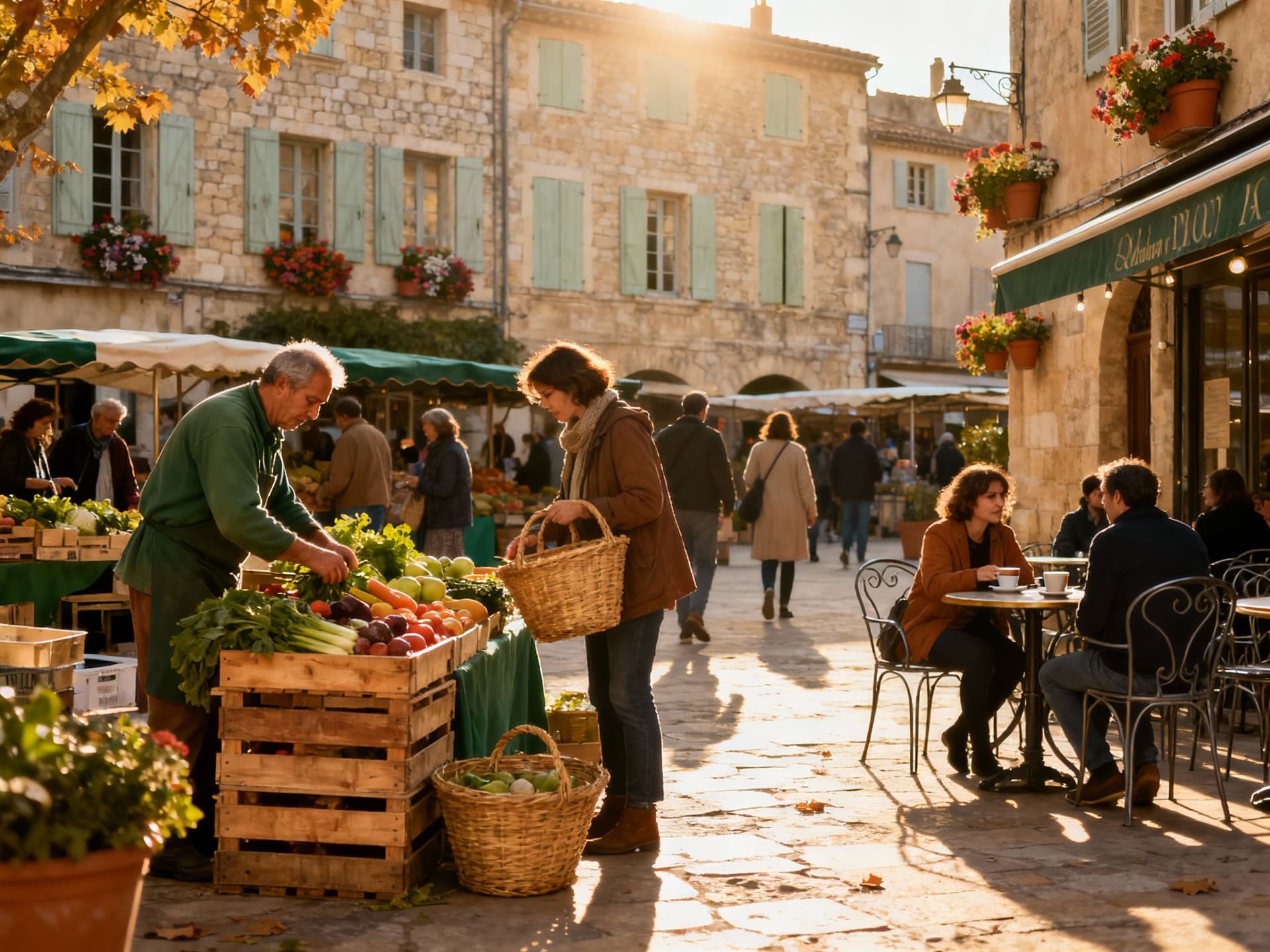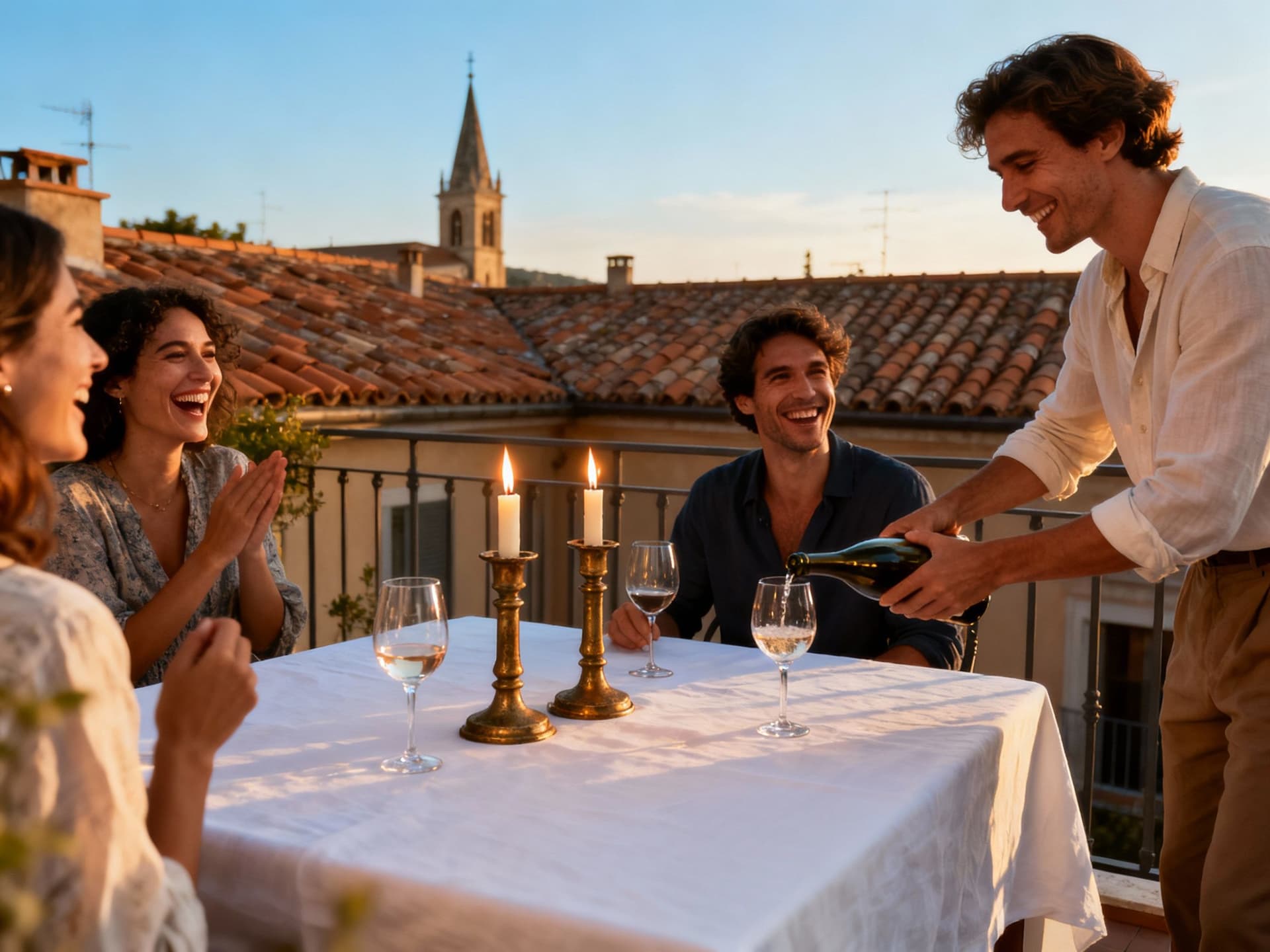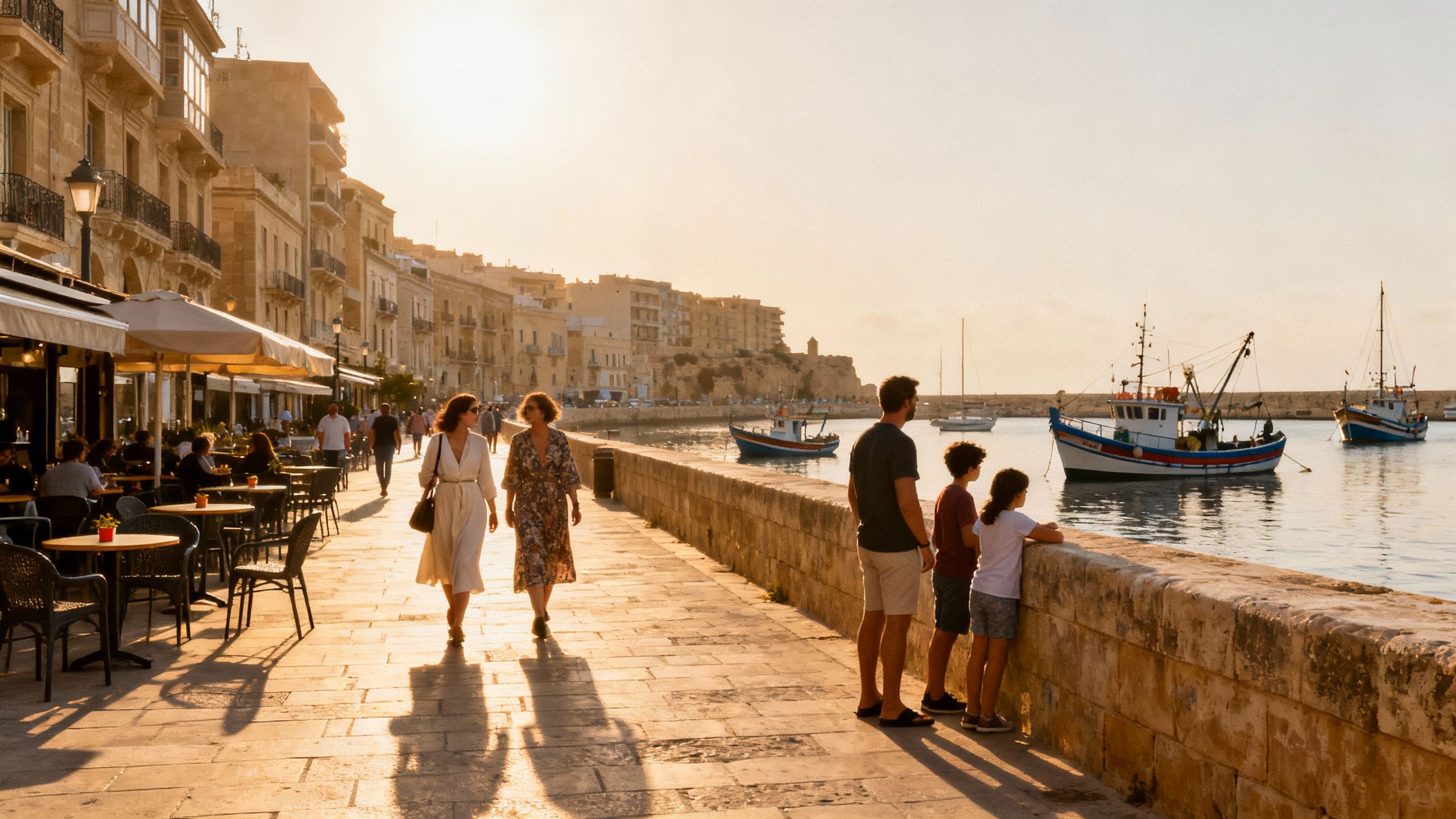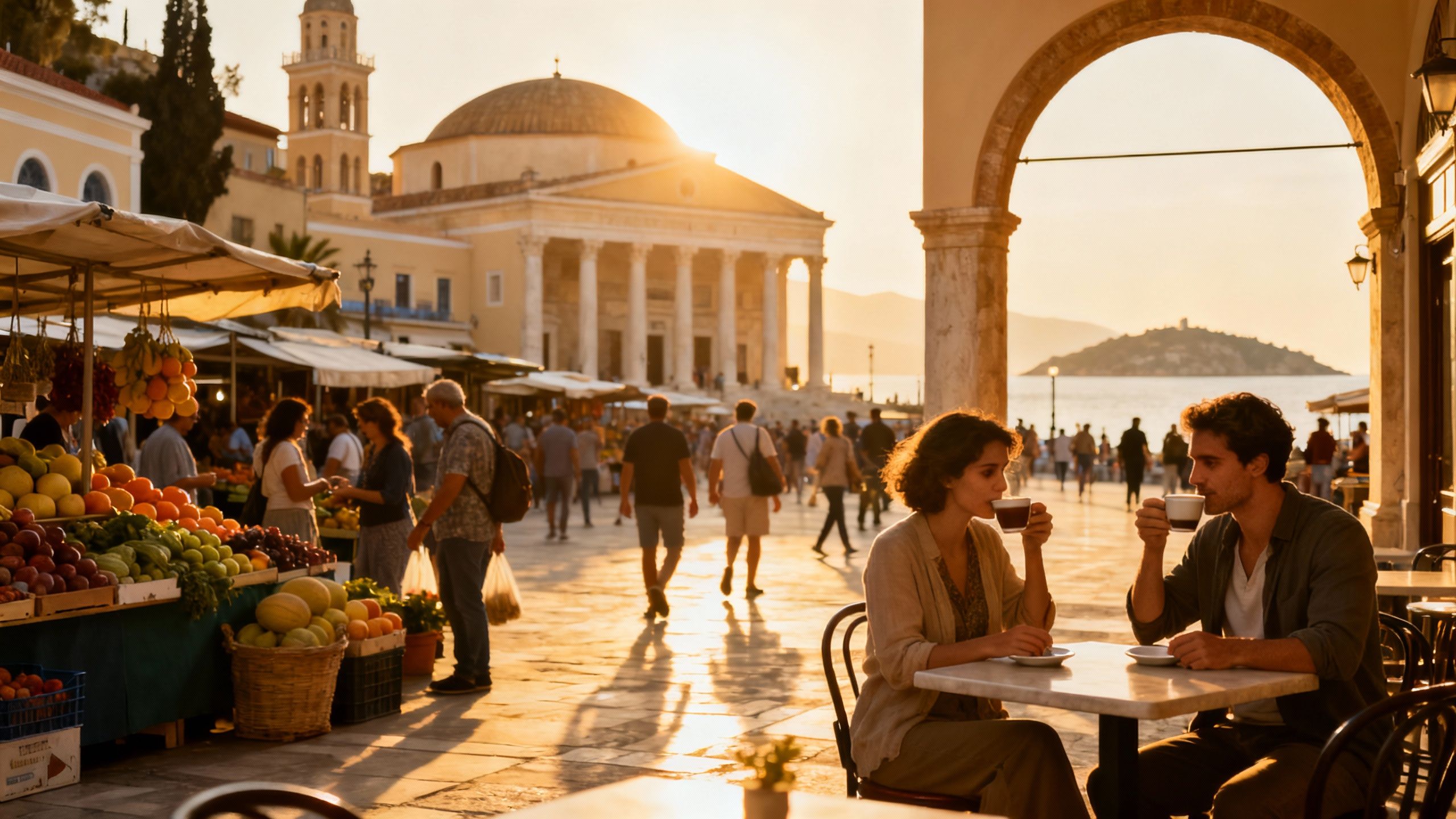Insurance & Protections for Buying Property in France
How to protect a French property purchase: regional lifestyle choices, mandatory diagnostics, insurance for non‑residents and contractual steps backed by 2025 market data.
Imagine waking to a warm morning in Aix-en-Provence, walking past an open boulangerie to a sunlit terrace where conversations rise and fall like measured music. In France the rhythm of daily life—markets at dawn, long lunches, the quiet dignity of restored stone façades—shapes how a house becomes home. Yet the same qualities that enchant also demand careful practical attention: local regulations, diagnostics, insurance and tax implications that differ by region and by residency. According to recent market analysis, prices and activity have returned to modest growth in 2025; for an international buyer, that recovery alters timing, negotiation and protection strategies.
Living the French lifestyle

To live in France is to inhabit layers of history and craft: a Haussmannian rue in Paris where wrought iron and encaustic tiles meet boutique ateliers, a stone farmhouse in Provence with timber beams and lavender-scented terraces, or a Belle Époque apartment on the Côte d'Azur with sea light that changes by the hour. Each place prescribes certain daily rituals—café culture in the morning, markets for fresh produce, an afternoon pause—and these rhythms should inform the property you choose. Practical matters follow from lifestyle: proximity to weekly markets, local transport, and the kind of property whose maintenance aligns with your expectations of stewardship. For buyers who prize design integrity and provenance, region and property type matter as much as price per square metre.
Neighbourhoods and character: examples to visit
Paris offers distinct moods: the studied calm of Saint-Germain-des-Prés, the village intimacy of Montmartre, and the quieter residential balance of the 16th arrondissement. On the Atlantic coast, La Rochelle and Biarritz mix maritime vitality with handsome period villas and a strong market for second homes. In Provence, Aix and Luberon villages favour stone mas with walled gardens; buyers seeking solitude often look inland rather than the crowded Riviera. Visiting specific streets and markets—Rue Cler in Paris, Vieux Port in Marseille, Place Richelme in Aix—reveals how daily life animates a neighbourhood beyond statistics.
Food, season and social life
Seasonality is central: summers bring terraces and coastal promenades, autumns fill harvest markets and vineyard festivals, winters invite slow meals beside restored fireplaces. Local food culture—boulangeries, marchés, small producers—shapes how neighbourhoods behave and which properties retain value; proximity to a reputable marché or a celebrated patisserie can transform convenience into charm. For expatriates, social life often begins in neighbourhood cafés and local associations, where language learning and community integration proceed naturally over months rather than days. Choosing a property with rooms for entertaining—an open kitchen, a courtyard, or a modest garden—matters as much as square metres when life is lived in convivial gatherings.
- Saint-Germain cafés, Place Richelme market (Aix), Vieux Port strolls (Marseille), Marché des Capucins (Bordeaux), Plage de la Salis promenade (Antibes), Village markets in Luberon
Making the move: practical considerations

The romance of place must be paired with a methodical approach. French sales require specific diagnostics and disclosures—energy performance, lead, asbestos where relevant, and the état des risques et pollutions—which must accompany a sale and can materially affect price and insurability. Notaires play a central legal role, completing the acte authentique and collecting taxes; they are impartial officers whose fees and timing should be clear before you sign a compromis. Understanding mandatory reports, local planning constraints and the role of the notaire protects buyers from unforeseen liabilities and supports smoother insurance placement.
Property styles and what they offer
A country mas typically requires different protection than a Parisian apartment: rural stone houses may need roof, drainage and seismic considerations depending on location, while urban flats focus on copropriété rules and shared building insurance. Renovated period houses reward careful due diligence on structural work and historical permissions; newly built residences bring warranty regimes such as décennale and biennale for builders' liability. Match the insurance and inspection scope to the fabric of the building—structural surveys for older masonry, thermal diagnostics for heritage properties, and review of copropriété procès-verbaux where apartments are concerned.
Working with local experts
- 1. Engage an experienced bilingual notaire early to clarify taxes, title and timing. 2. Commission full diagnostics from accredited diagnostiqueurs to support insurance and negotiation. 3. Retain an independent structural or historical surveyor for older properties. 4. Ask your agency to introduce specialised insurers who know non‑resident risks and contents cover in France. 5. Arrange international tax advice to understand residency thresholds and wealth tax exposure.
Insider knowledge: insurance, taxes and buyer protections
Recent data show modest price recovery in 2025 and renewed activity in major cities; that context affects insurer appetite, valuation and the negotiation of seller warranties. For international buyers, three protection priorities recur: thorough pre-contract diagnostics to avoid latent defects, tailored insurance that covers non-resident occupancy and contents in transit, and clear contractual clauses addressing repairs and seller liability. Familiarise yourself with the seller’s legal warranty (garantie des vices cachés) and insist that significant structural items be evidenced in writing before completion.
Common legal and insurance pitfalls
- Relying on incomplete diagnostics; assuming home insurance will cover pre-existing structural defects; not checking copropriété minutes for pending works; underestimating taxe foncière and maintenance costs for older properties; failing to secure a clear agreement on who pays for remedial work discovered after signing.
Practical steps to protect your purchase
- 1. Require up‑to‑date diagnostics (DPE, plomb, amiante, ERP) before finalising the compromis. 2. Insert clear contractual warranties about discovered defects and timelines for remediation. 3. Secure conditional financing and an insurance quote for non‑resident cover before signing. 4. Use escrow via the notaire to hold funds until conditions are satisfied. 5. Schedule a post‑purchase inventory and contents insurance effective from day one of ownership.
Longer-term considerations include property management, seasonal rental rules and inheritance implications, particularly for buyers intending to pass property to descendants across jurisdictions. French succession law can apply in ways foreign buyers do not always expect; international estate planning will interact with property ownership and tax exposure. Agencies with cross-border experience and trusted local legal advisers will anticipate these matters and propose structures—ownership through SCI, for example—that suit long-term stewardship without compromising lifestyle.
By way of practical next steps: plan a two‑stage visit (neighbourhood reconnaissance followed by technical inspections), obtain pre‑approval from a French or international lender, secure written insurance terms for your intended use, and engage a notaire you trust. An attentive local agency will curate viewings that reveal how light, sound and season will feel across a year, while also coordinating the professionals who protect your purchase. France offers a singular quality of life; with measured preparation and the right protections, your move can honour both the architectural heritage you seek and the sensible stewardship it requires.
Norwegian with years in Florence guiding clients across borders. I bridge Oslo and Tuscany, focusing on legal navigation, cultural context, and enduring craftsmanship.


